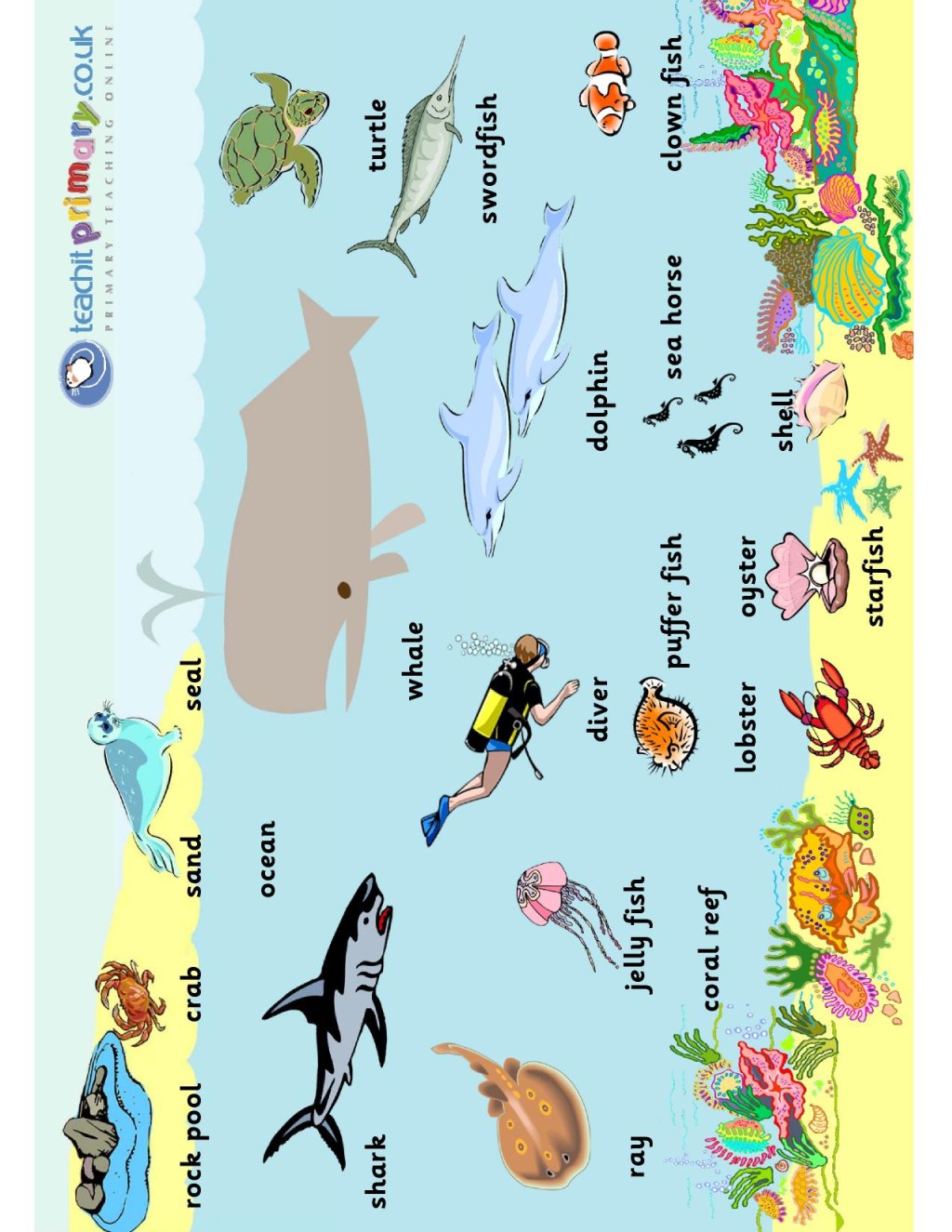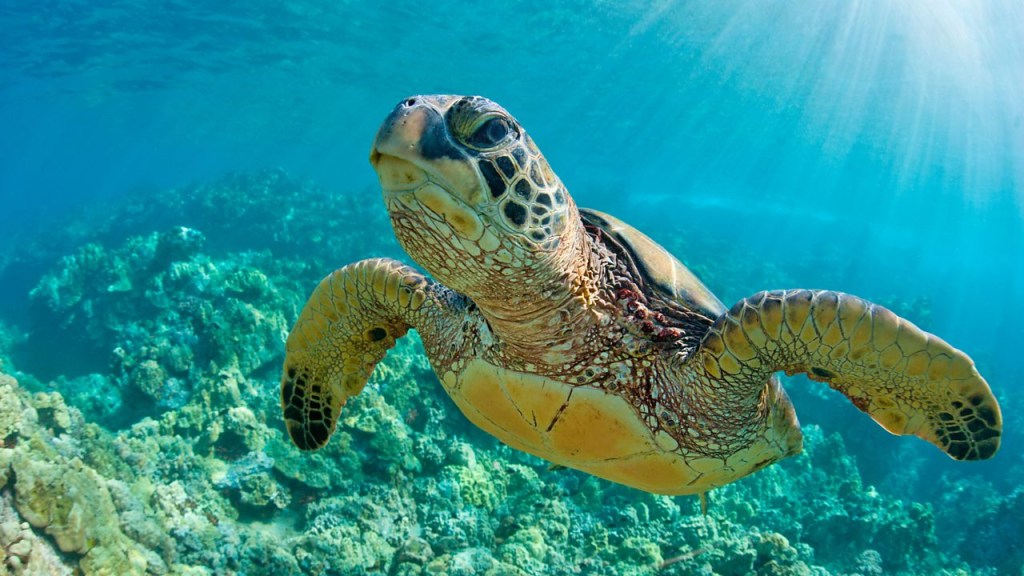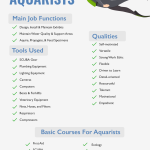Discover Fascinating Ocean Animals In KS1: Dive Into The Wonders Of Ocean Life!
Ocean Animals KS1: A Fascinating Journey into the Underwater World
Welcome to the mesmerizing world of ocean animals! In this article, we will explore the captivating creatures that inhabit our oceans and delve into the wonders of ocean animals KS1. From vibrant coral reefs to mysterious deep-sea dwellers, let’s embark on an exciting journey filled with discovery and amazement.
What are Ocean Animals?
Ocean animals, also known as marine animals, are living organisms that reside in saltwater environments such as oceans, seas, and coral reefs. They come in various shapes, sizes, and colors, captivating both children and adults alike with their unique characteristics.
3 Picture Gallery: Discover Fascinating Ocean Animals In KS1: Dive Into The Wonders Of Ocean Life!



Who are these Fascinating Creatures?
Ocean animals KS1 include a wide range of fascinating creatures such as fish, dolphins, whales, sharks, turtles, seahorses, jellyfish, starfish, and many more. Each species has its own distinct features and behaviors, making them truly extraordinary. These animals play a crucial role in maintaining the delicate balance of marine ecosystems.
When and Where can you Find Ocean Animals?

Image Source: teachit.co.uk
Ocean animals can be found in all the world’s oceans, from the polar regions to the tropics. They have adapted to various habitats, allowing them to thrive in different environments. Whether you’re exploring the Great Barrier Reef in Australia or the chilly waters of the Arctic, you’re bound to encounter an array of captivating ocean animals.
Why are Ocean Animals Important?
Ocean animals are not only awe-inspiring but also vital for the health of our planet. They contribute to the marine food chain, help control populations of other organisms, and even play a role in mitigating climate change. Understanding and protecting these creatures is essential for maintaining the biodiversity and balance of our oceans.
How can we Learn about Ocean Animals KS1?
Ocean animals KS1 can be taught through various engaging and interactive methods. Schools and educational institutions often incorporate ocean animal themes into their curriculum, providing children with opportunities to learn about these captivating creatures. Additionally, books, documentaries, and online resources offer a wealth of information and visual material to further enhance their understanding.
Frequently Asked Questions (FAQ) about Ocean Animals KS1

Image Source: teachit.co.uk
Q: What are some interesting facts about ocean animals?
A: Ocean animals can communicate through various means, including sound, color, and body movements. Some species can change their gender, while others possess incredible camouflage abilities.

Image Source: bbci.co.uk
Q: How do ocean animals breathe underwater?
A: Most ocean animals have gills that extract oxygen from the water. Some marine mammals, such as dolphins and whales, breathe air through blowholes.
Q: Are all ocean animals dangerous?
A: While some ocean animals, such as sharks, have a fearsome reputation, most marine creatures are harmless to humans. It’s important to respect their habitats and observe them from a safe distance.
Exploring the Diversity of Ocean Animals KS1
From the smallest seahorse to the magnificent blue whale, ocean animals KS1 come in a wide range of shapes, sizes, and colors. Let’s explore some of the fascinating creatures that inhabit our oceans:
Fish:
Fish make up the largest group of ocean animals. They come in various shapes, sizes, and colors, showcasing an incredible diversity. From the vibrant clownfish to the majestic angelfish, fish captivate our imagination with their beauty and adaptability.
Dolphins and Whales:
Dolphins and whales are highly intelligent and social marine mammals. Known for their playful nature and remarkable communication skills, these creatures never fail to leave us in awe. Spotting a pod of dolphins or witnessing a whale breach the surface is an unforgettable experience.
Sharks:
Sharks are often associated with fear and danger, but they play a crucial role in maintaining the balance of marine ecosystems. From the iconic great white shark to the graceful hammerhead shark, these majestic creatures have captivated our imagination for centuries.
Turtles:
Sea turtles are ancient creatures that have navigated the oceans for millions of years. These gentle reptiles are known for their migratory behaviors and the incredible nesting rituals of female turtles. Protecting their habitats is essential for their survival.
Jellyfish:
Jellyfish, with their ethereal movements and mesmerizing bioluminescence, are among the most mysterious creatures in the ocean. Despite their delicate appearance, some species possess powerful stinging cells, reminding us of the importance of caution and respect when encountering them.
The Pros and Cons of Learning about Ocean Animals KS1
Learning about ocean animals KS1 offers numerous benefits, including:
1. Environmental Awareness: Understanding the importance of marine ecosystems fosters a sense of responsibility and encourages environmental stewardship.
2. Curiosity and Wonder: Exploring the underwater world sparks curiosity and instills a sense of wonder, nurturing a love for nature.
3. Scientific Exploration: Studying ocean animals opens up opportunities for scientific research and discovery, contributing to our knowledge of marine biology.
However, there are also challenges associated with teaching and learning about ocean animals, such as:
1. Limited Access: Not everyone has the opportunity to visit the ocean or witness these creatures firsthand, making it more challenging to fully understand and appreciate their existence.
2. Environmental Degradation: Human activities, such as pollution and overfishing, threaten the habitats and survival of ocean animals, underscoring the importance of conservation efforts.
Conclusion: A Journey into the Enchanting Ocean World of KS1
Exploring ocean animals KS1 is a captivating journey that sparks curiosity, awe, and a sense of responsibility towards our planet. From the vibrant coral reefs to the mysterious depths of the ocean, these fascinating creatures remind us of the interconnectedness of all life on Earth. By fostering an appreciation for these marine wonders, we can inspire the next generation to become stewards of our oceans and work towards a sustainable future.
This post topic: Ocean Wildlife
